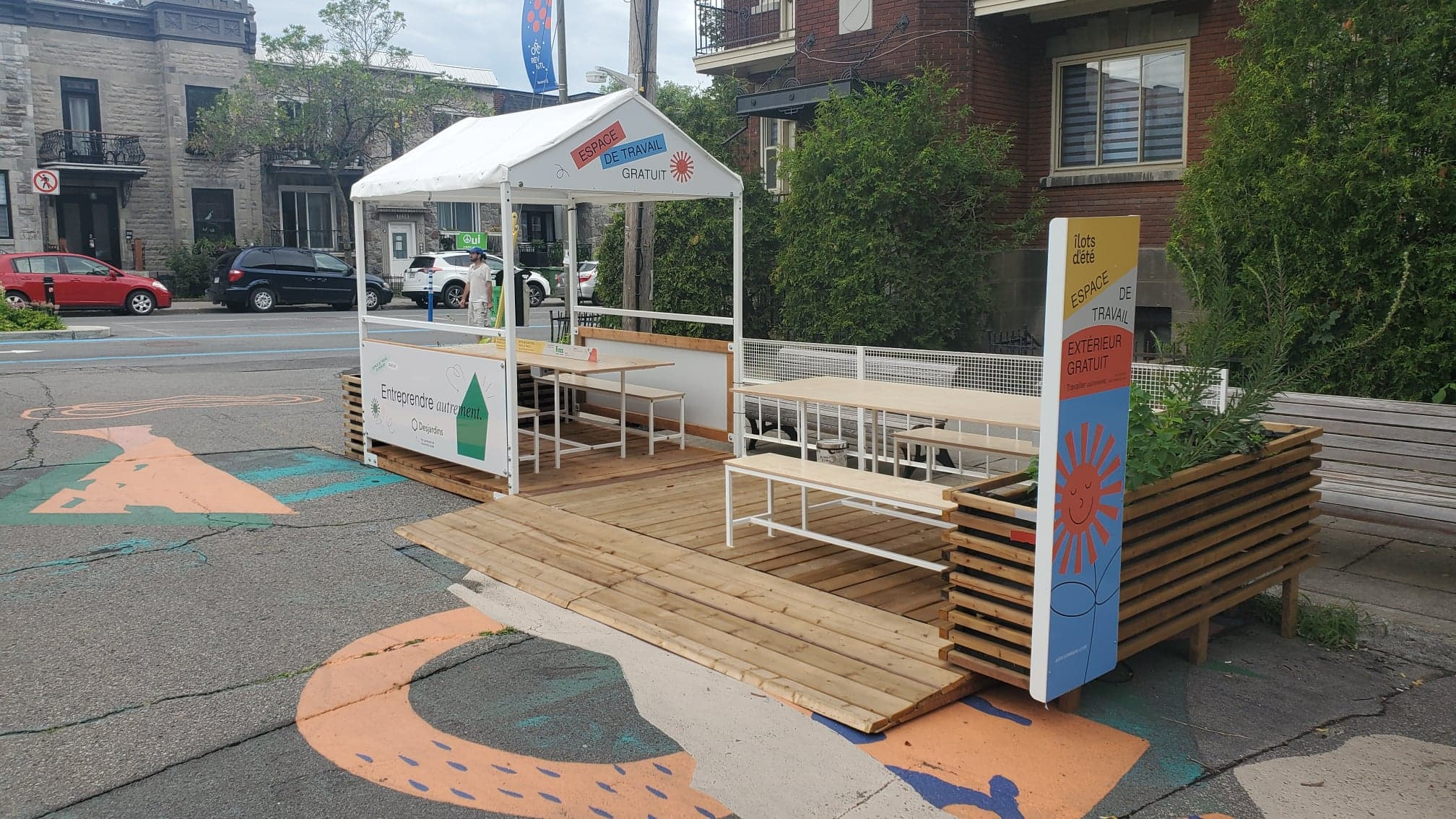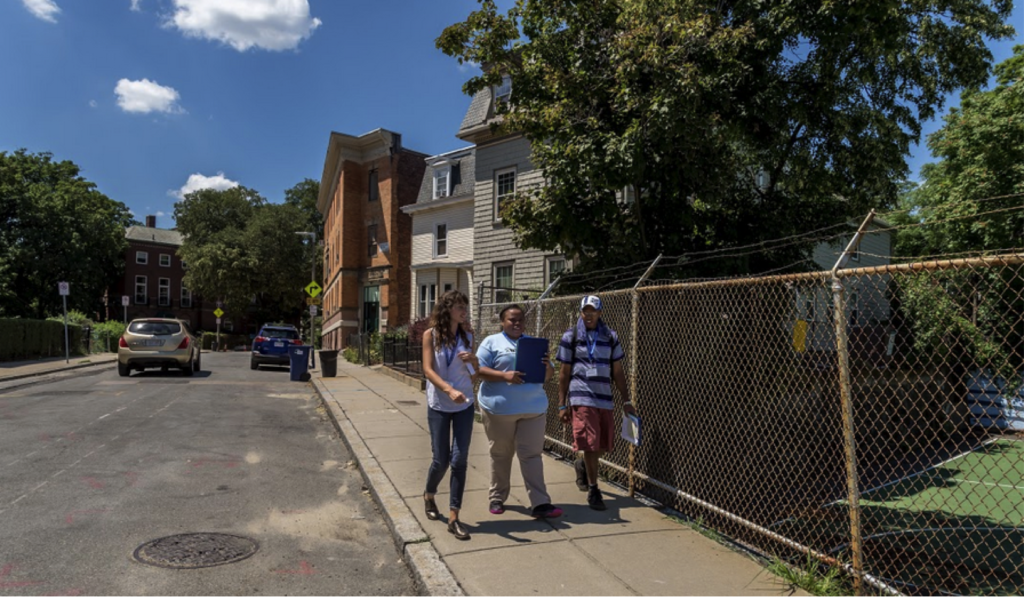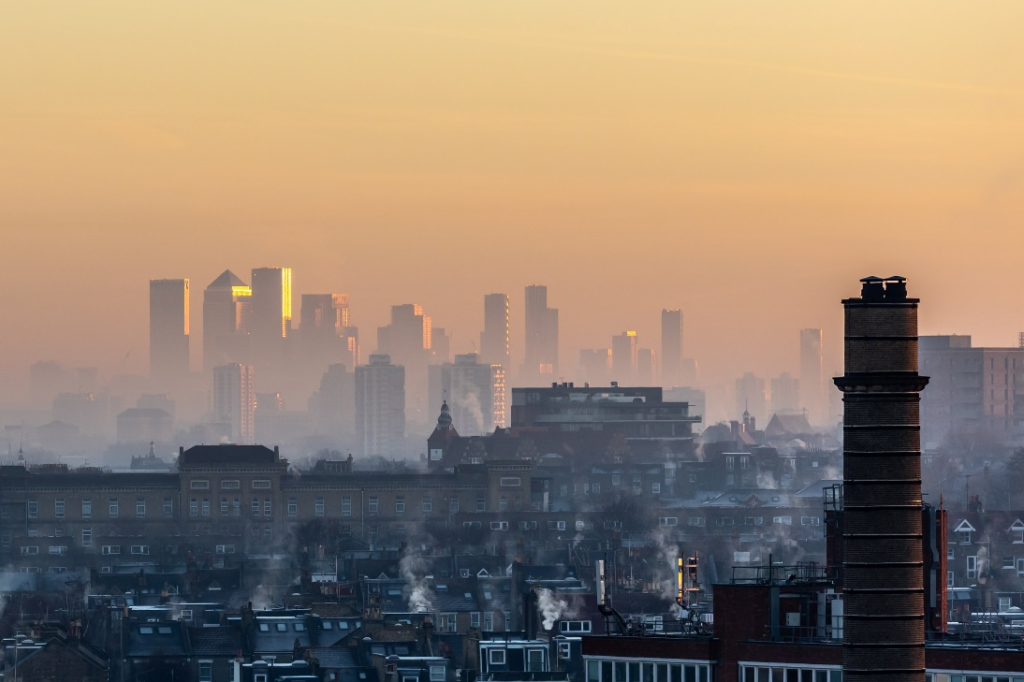
Target audience
Local public health professionals, Youth social workers, Community organizers, and Park planners
The problem
The COVID-19 pandemic disrupted youth milestones such as school graduation ceremonies, transitions to higher education, and entrance into the labour force. Given the school closures and public health protective measures that occurred in London, Ontario, Canada, many youth limited their daily activities to parks and restaurants in their local neighbourhoods. These disruptions and changes to youth behaviour from the pandemic may have impacted their mental health and stress levels.
What we did and why
We undertook a survey of youth, aged 13 to 19 years old, in London, Ontario, Canada from June to September 2020. Survey questions were developed in consultation with youth themselves, rendering questions that sought to understand impacts from the pandemic based on their own perspectives. Questions covered demographics, health behaviours, and their experiences during the pandemic. We also gathered information about their neighbourhood context to understand how the local environment affects their mental wellbeing.
Our study’s contribution
Our study:
Impacts for city policy and practice
Practitioners should consider the following:
Our findings suggest local policymakers and practitioners could play a role in addressing youth mental health and stress levels through the following actions:
Further information
QuaranTEENing Project page
Full research article:
Neighbourhood influences on youth mental health and stress levels during the first six months of the COVID-19 pandemic by Alexander Wray, Gina Martin, Kendra Nelson Ferguson, Stephanie E. Coen, Jamie A. Seabrook & Jason Gilliland
Related posts

Including health in local alcohol license decisions is not just about a dedicated Health Associated Licensing Objective (HALO): A Public Health Perspective – beyond the HALO effect!

Gentrification exacerbates financial insecurity for economically vulnerable residents, leading to increased stress.

Odour pollution impacts our mental and physical wellbeing without being noticed very often – bad smells can have a negative impact on how we think and feel. Bad odour can affect our work and home environments in a negative way so why don’t we take it more seriously?